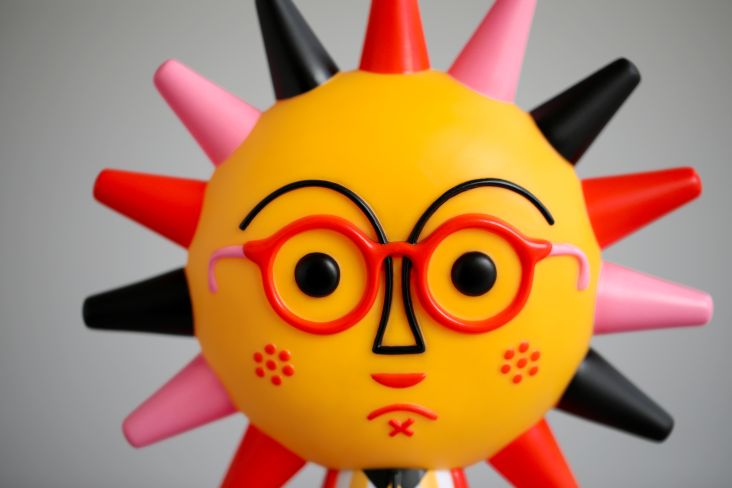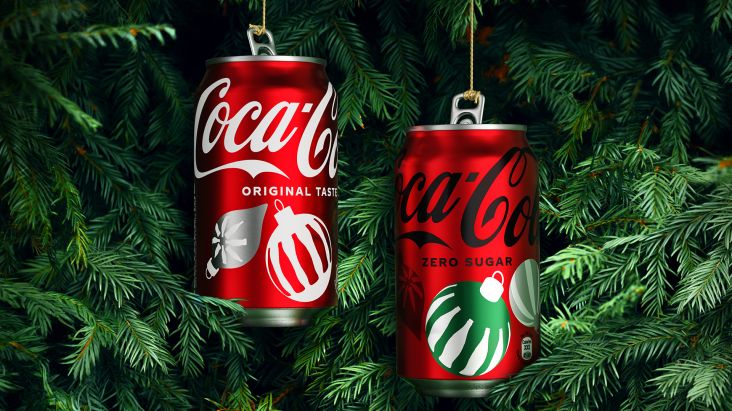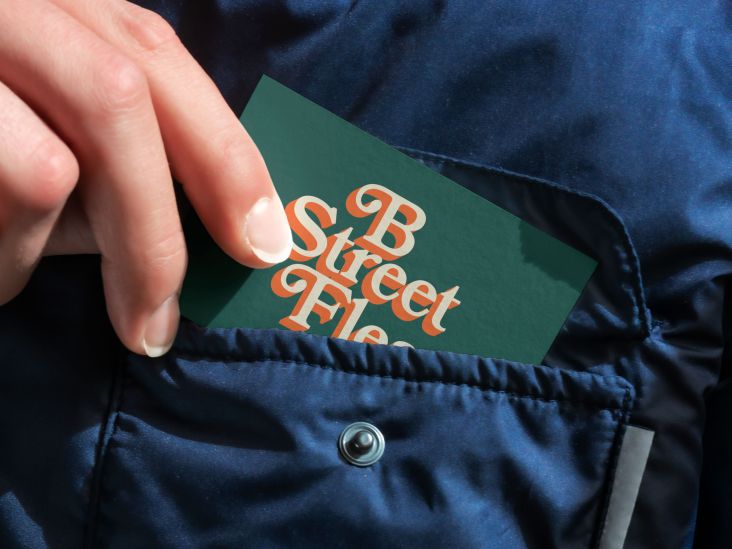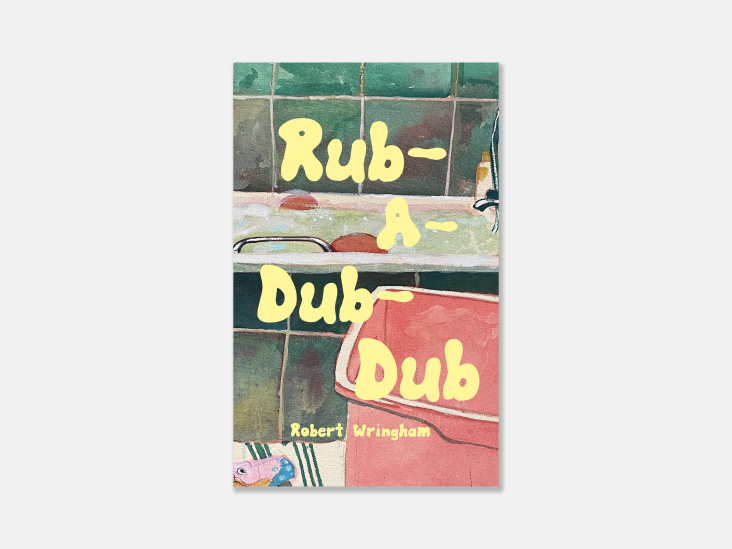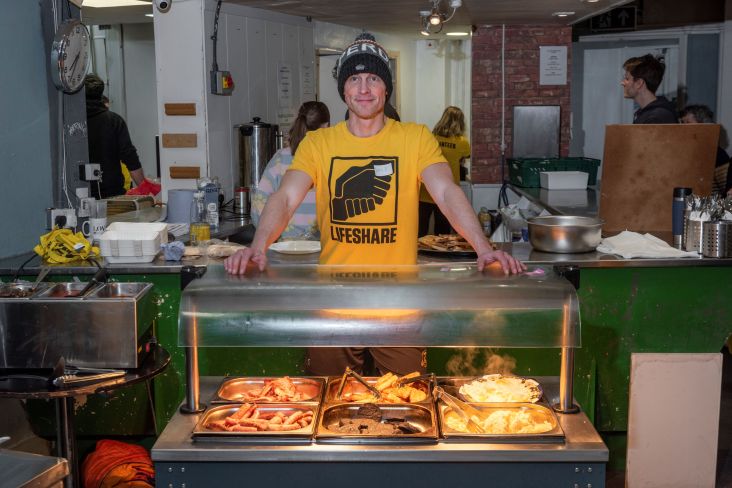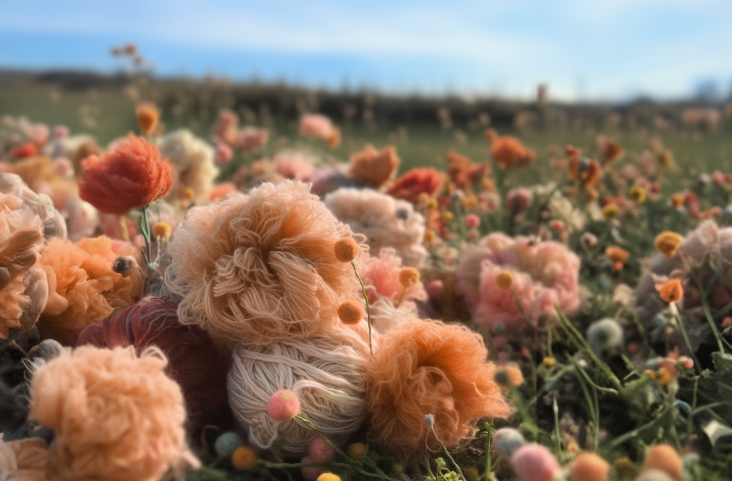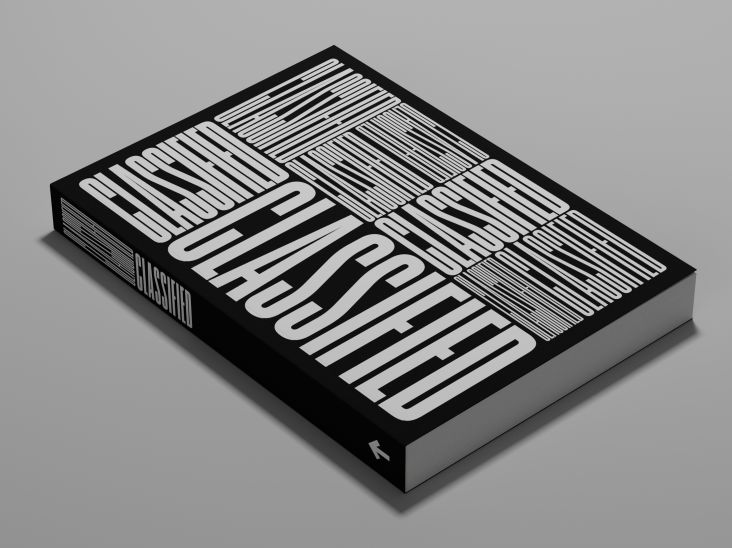New art exhibition in Ukraine offers a range of perspectives on war, past and present
Jam Factory, a new arts centre in Lviv, Ukraine, has just launched its opening exhibition. We share some of the best pieces, and the meaning behind them.
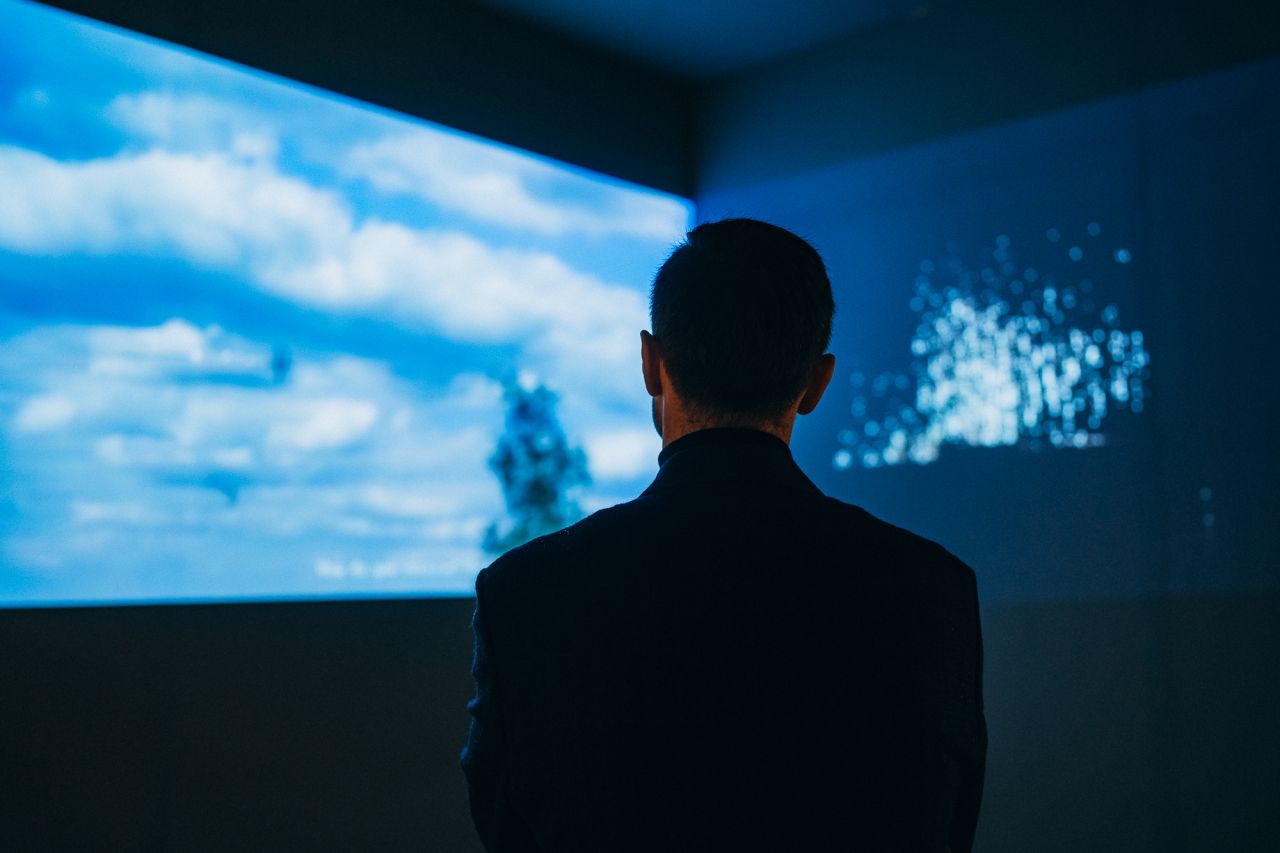
Here at Creative Boom, we get invited to a lot of exhibitions, and there's unfortunately never time to attend them all. But here's one we had to make time for.
'Our Years, Our Words, Our Losses, Our Searches, Our Us' is the first exhibition at Jam Factory, a new arts centre in Lviv, Ukraine. There's a whole story behind this venue, of course, which we detail in this special report. But here we're going to take a deep dive into some of the artwork in the exhibition itself.
It was inevitable that the first show at Jam Factory would be themed on war; it is existing in an active war zone, after all. But curators Kateryna Iakovlenko, Natalia Matsenko and Borys Filonenko have cast a wider perspective here than just the years since the full-scale invasion of February 2022.
And that's not really surprising. From a Ukranian perspective, the conflict with Russia didn't begin last year, or even with the annexation of Crimea in 2014. It has been raging, in various forms, since the days of the Russian Empire, and this vast swathe of history is reflected in many of the exhibits.
More importantly, the art here is not about the act of fighting itself: there are no epic battle scenes here. It's more about the way war changes our society, our relationships and the fundamental way we see life and the world.
"This is an exhibition about war as a long-term situation in which a person changes and finds their new self," Kateryna explains. "We are following artists who, after February 2022, question their practices or recognise them in new qualities: routine, testimony, method of fixation, works with therapeutic potential and propaganda effects.
"Gaps become visible in these changes: empty spaces in the long 20th century are explained not only in research studies but also in the experiences of eyewitnesses and participants. Distances are also shortened in these changes: constructing and maintaining connections, uniting in temporary artistic and non-artistic communities, inside or outside of Ukraine, artists find our new present."
To give you a taste of what's on offer, here a few pieces that particularly caught our eye.
1. Tuesday, 2023
As a city with a rich cultural and historical heritage, Lviv's city centre is replete with statues, but most have now been carefully wrapped and hidden for protection in the face of continual bombing raids. Elena Subach has been recording how Lviv residents have endeavoured to protect their heritage, and this striking collage, created to mark the anniversary of the full-scale invasion, is based on a photograph taken in one of the museum vaults in Lviv.
2. Portraits on Half-Frame Camera, 2022-2023
In the spring of 2023, the Tsinni Papery publishing house released a zine trilogy by Yaroslav Futymskyi entitled 'half face, half street, half war'. This series features candid photos taken of friends and acquaintances, along with random passers-by, since the full-scale invasion began in February 2022. These half-frame photos were taken with a Canon Sure Shot Multi Tele camera, and you can see more of them on the Instagram page @demi.cadre.
3. Pani Olya, Pan Vasyl, 2023
One of a series of photos by artist Anton Saenjo, depicting the faces of people who accompany him in his wartime routine. Casual and unstaged, their gestures capture the precarious state of present-day reality for Ukranians. This photo, taken on New Year's Day, 2023, captures Mrs Olya and Mr Vasyl, who hosted many artists in their mountain hut during the full-scale invasion.
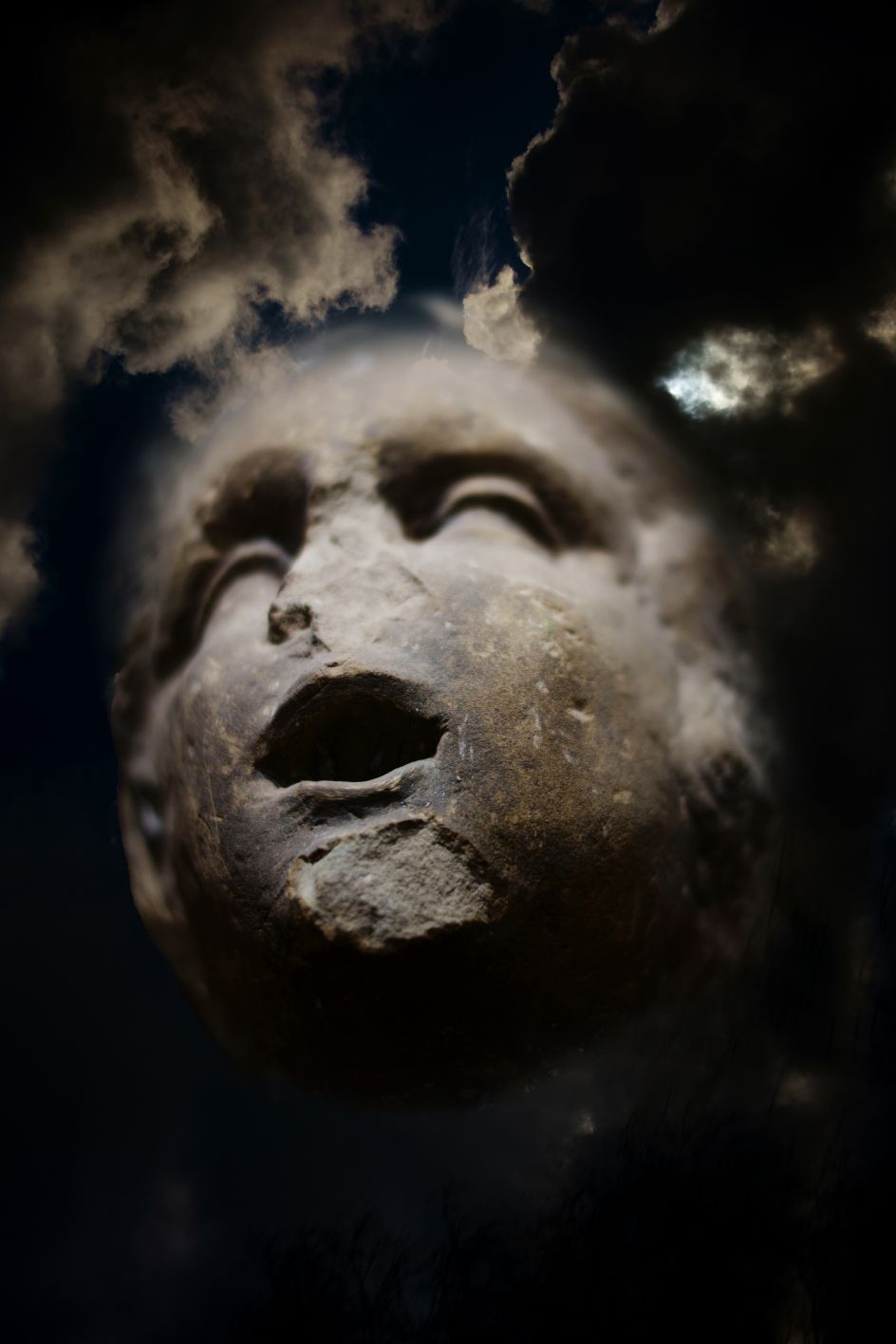
Elena Subach (1). Tuesday, 2023. Collage, print on baryte, aluminium frame. 75 x 50 cm. Courtesy of the author.
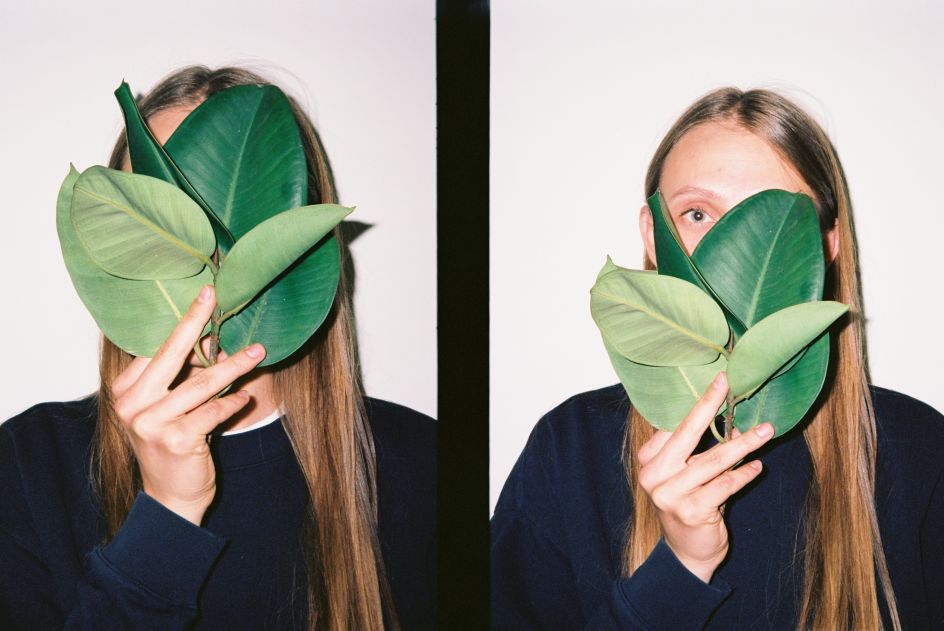
Yaroslav Futymskyi (2). Portraits on Half Frame Camera, 2022–2023. Half frame film photographs. Courtesy of the author.
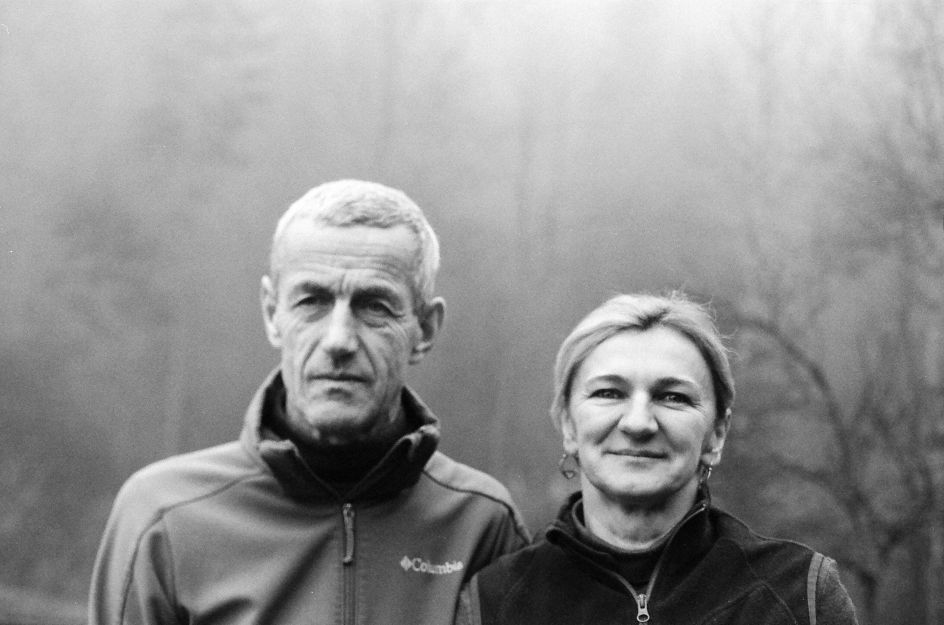
Anton Saenko (3). Pani Olya, Pan Vasyl, 2023. Photo. Courtesy of the author.
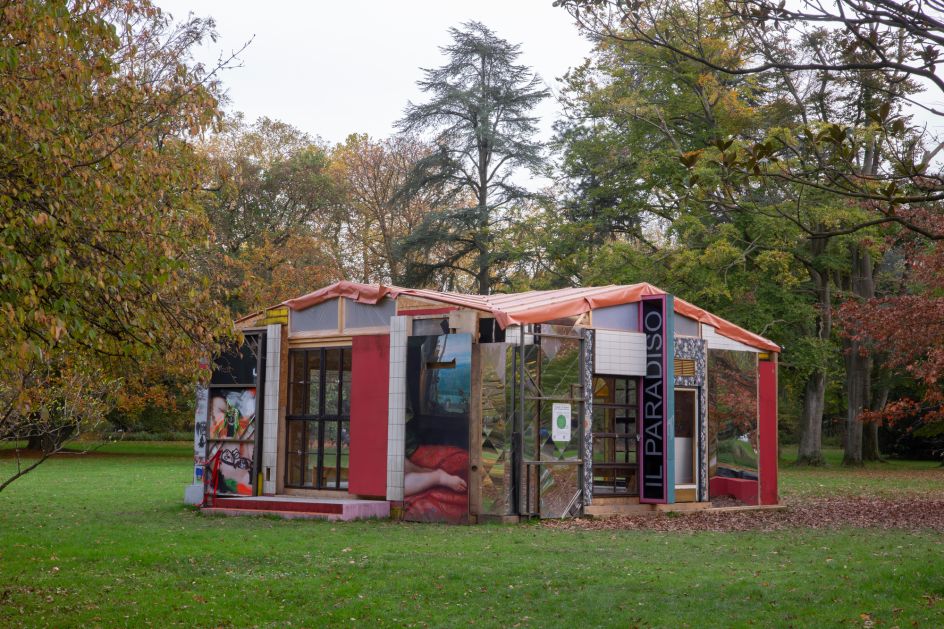
Prykarpattian Theater (4). Theater of Hopes and Expectations, 2022. Digital photo. 29,7 x 42 сm. Courtesy of the authors.
4. Theatre of Hopes and Expectations, 2022
Theatre of Hopes and Expectations is a temporary space for exhibitions and discussions about Ukranian culture. It was constructed from beams and remnants of old German scenery in a city park in Dusseldorf. After three months, it was dismantled and the building materials were handed over to a volunteer initiative called Livyv Bereh (Left Bank). They used the wood to rebuild the home of a family in the Kyiv region that had been destroyed by a rocket on March 11, 2022.
5. Cube, 2023
Yuri Yefanov grew up on the southern coast of Crimea. In 2013, he filmed a concrete cube standing on the coast, near the Artek children's camp, which is now inaccesible. Ten years after the video was shot, and nine years after the Russian annexation of Crimea, the artist created a digital copy of this landscape based on his own memory and dreams.
6. Fire in the Steppe, 1848
Taras Shevchenko created these drawings while in exile as a member of the Aral Sea descriptive exhibition of 1848-1849, organised by the Russian empire's Military Ministry to explore the resources of the Aral Sea and surrounding areas. At the time, he was forbidden to write poetry in Ukranian, so expressed his thoughts and emotions through drawing instead. For Shevchenko, nature personified political resistance and freedom and reminded him of his home, which remained under the yoke of Tsarist Russia.
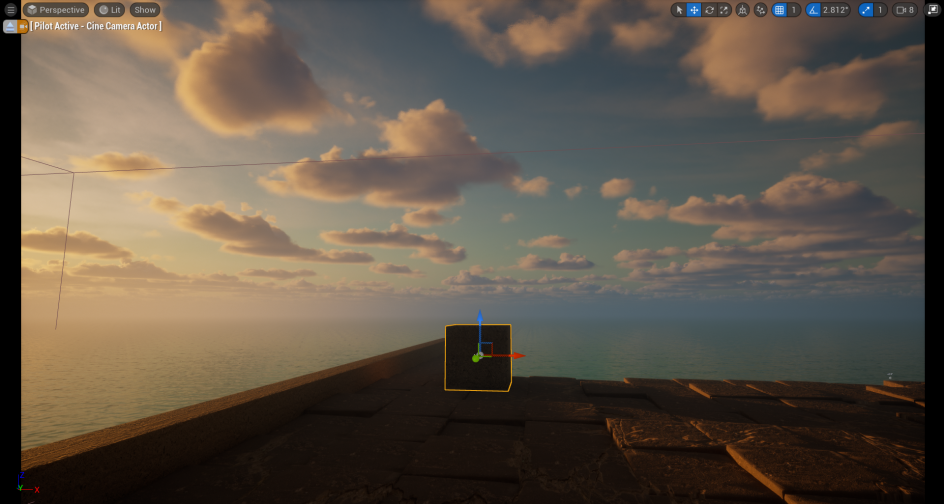
Yuri Yefanov (5). Cube, 2023. Video. Courtesy of the author.
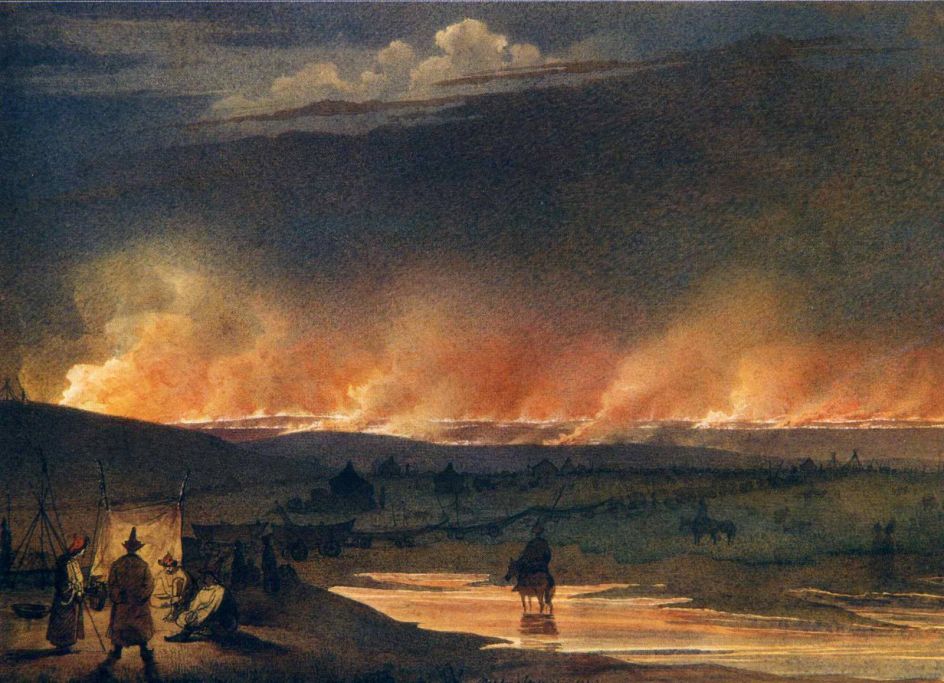
Taras Shevchenko (6). Fire in the Steppe, 1848. Watercolour on paper. 21,4 x 29,6 cm. Digital copy of the original. Courtesy of the Taras Shevchenko National Museum
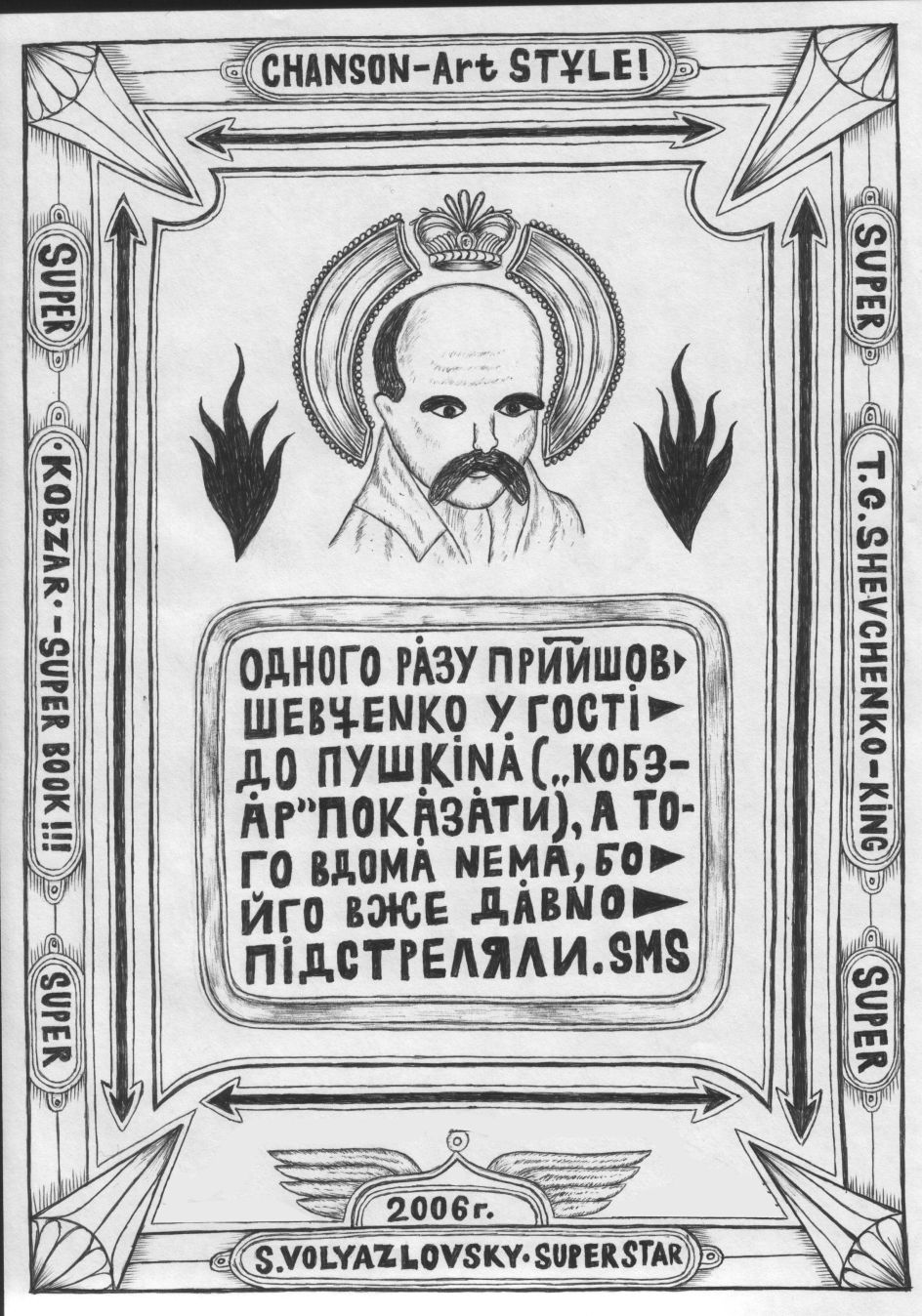
Stas Voliazlovskyi (7). “Kobzar” — Super Book!!!. From the “SMS” series, 2006. Ballpoint pen on paper. 21 x 29,7 cm. From the archive of Semen Khramtsov.
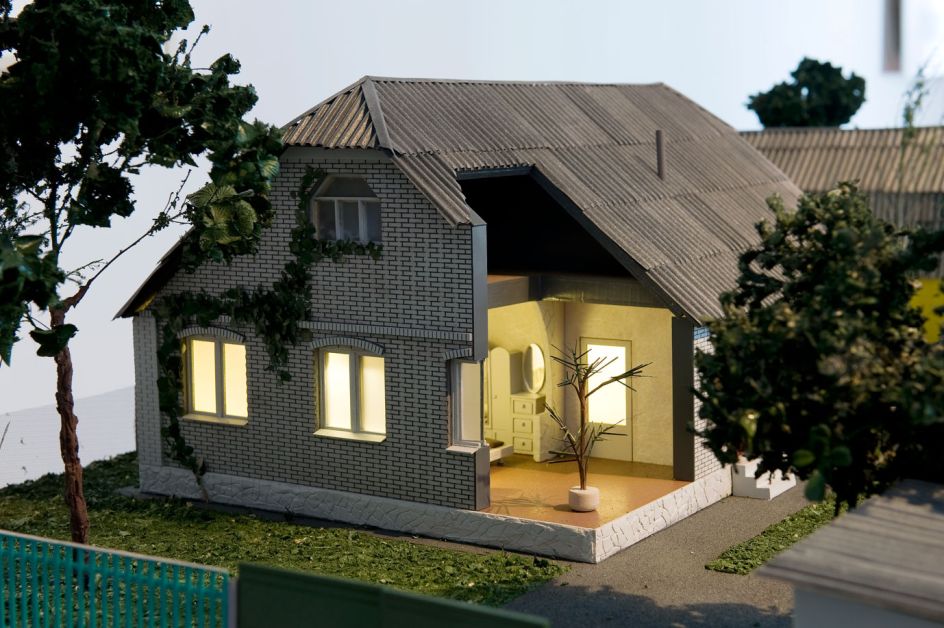
Оpen Group (8) - Yuriy Biley, Stanislav Turina, Pavlo Kovach and Anton Varga). Backyard, 2015. Video installation, video 55' 11", video 85' 21", architectural models. Courtesy of the authors.
7. Kobzar: Super Book!!!, 2006
Stas Voliazlovskyi was born and bred in Kherson, and his artworks fully embody the southern spirit in both its vitaistic and depressing components. What he called his 'chanson art' represents a mix of criminal romance, conspiracy, erotica, politics, literature, and historical and cultural stereotypes, all of which the artist successfully deconstructs.
8. Backyard, 2015
In this series by Open Group, two women, Filomena Kuryata and Svitlana Sysoieva, talk about their lost home. Kuryata lost it during World War II. Sysoieva lost it during the current Russian war in Ukraine. The stories about the houses, recreated from memory, help the artists to model both houses and imagine the viewers to imagine what life was like in these dwellings.
Our Years, Our Words, Our Losses, Our Searches, Our Us is at Jam Factory, 124 B. Khmelnytskoho Street, Lviv, Ukraine until 10 March 2024.
](https://www.creativeboom.com/upload/articles/c0/c0f4833513a758427120283374013d6da0e2b37d_732.png)










](https://www.creativeboom.com/upload/articles/2a/2ae6137c166bedbf9f67c34a57a41f2dc013bf80_732.jpg)




